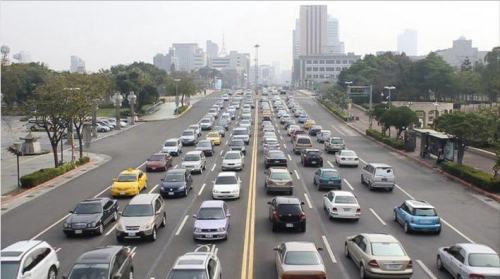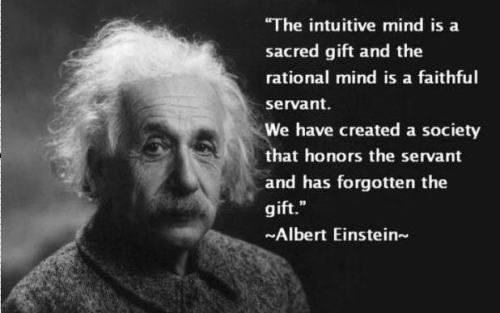 We are inviting comments and background information on this our central concept behind this project, i.e., what is this thing we call transportation equity all about? We are looking for a variety of views and perspectives on our topic and not some kind of warm and glass-eyed unanimity. If we cannot handle contradictions and fuzziness, then we are not about to make headway with this one. This first note comes in from Todd Litman executive director of the Victoria Transport Policy Institute in Victoria Canada.
We are inviting comments and background information on this our central concept behind this project, i.e., what is this thing we call transportation equity all about? We are looking for a variety of views and perspectives on our topic and not some kind of warm and glass-eyed unanimity. If we cannot handle contradictions and fuzziness, then we are not about to make headway with this one. This first note comes in from Todd Litman executive director of the Victoria Transport Policy Institute in Victoria Canada.
First-Line Resources
- - > Helsinki Project - - > Mission Statement - - > Facebook - - > Twitter - - > EBT Program Library - - > Equity photo album - - > Equity/Transport videos - - > World Streets on EquityAdvisory Council
Latest Tweets
Tweets by EquityTSister Programs
 From World Streets
From World Streets- NOW!! 17 plus 1 reasons why I am prudently optimistic about the World Climate / Mobility / Work Transition for 2021/22
- “The Future Office Is Not About Place”
- *** WORLD STREETS INTERNATIONAL ADVISORY COUNCIL *** (to be updated, with full approval) _ _ _
- SAFE CITY STRATEGIES : MANAGING THE TRANSITION. (Working notes for a wide-open 2022 Collaborative Thinking Exercise)
- NEW 2030 ICELAND CLIMATE ACTION PLAN ANNOUNCED
- From Australia Archives: 41 Measures to Manage Traffic Congestion in your City
- World Streets Open 2021 Team Problem-Solving Initiative: Climate/Emergency Mobility/Space Jobs/Work Streets/Cars Private/Shared Vision/Strategy Equity/Women Action/Manage
- Why There Will Be Far Fewer Cars, But Many More Miles Driven
- Op-Ed: Coronavirus has exposed the fragility of auto-centric cities
- A CRISIS IS A TERRIBLE THING TO MISS
 From Safe Streets
From Safe Streets- Transportation Innovation and Reform: Finding the Way to Social Sustainability
- World Transport Policy & Practice – Vol. 18, No. 1
- We’ve never needed geniuses more than now.
- Weekend Musing: Less, More and Mozart
- Transport, Equity and Safe Streets: A Tale of Two Cities
- Late Night Thoughts on Equity from Helsinki
- Editorial: On the plane to Helsinki
- Crowdsourcing Equity/Transport/ Helsinki
- Equity/Transport 2012: Road map for Helsinki Stage 1
- Helsinki Focus Group Workshops – First guidelines
Useful Links
(Section to follow)Equity Reading Room














